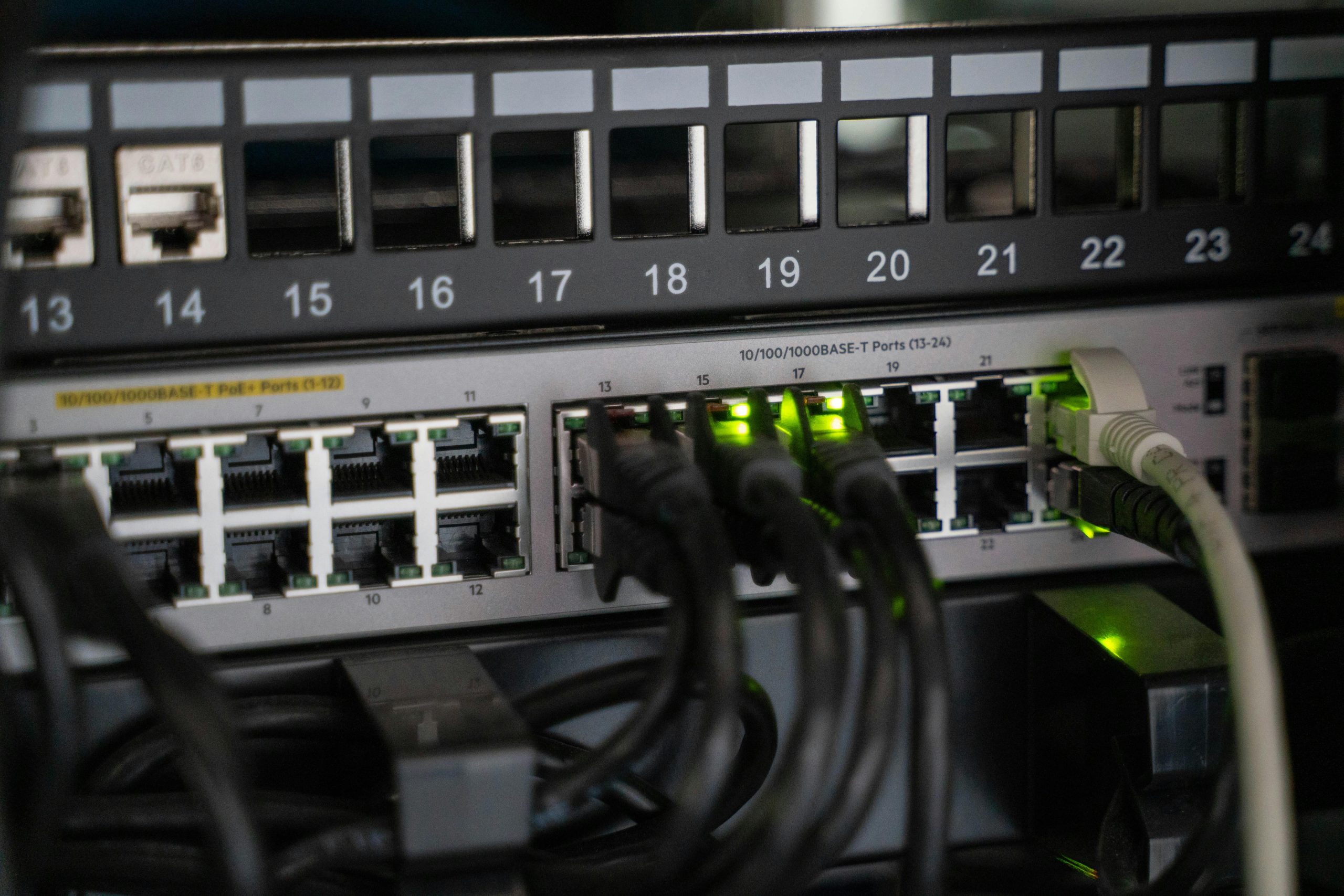Troubleshooting a USB Gigabit Adapter That Falls Back to 100 Mbps: A Detailed Analysis
In today’s connected world, reliable internet connectivity is essential for both work and leisure. However, technical issues can sometimes disrupt even the most robust setups. One common problem faced by users is experiencing only 100 Mbps speeds when their hardware is capable of gigabit throughput. This article explores a real-world scenario where a user encounters such an issue and offers insights into potential causes and solutions.
Understanding the Context
The user in question utilizes a wired internet connection with a gigabit internet service. Due to a malfunctioning motherboard port—specifically, an Asus ROG Strix B550—the user employs a USB gigabit Ethernet adapter. Notably, the onboard Ethernet controller (Intel I225-V) is experiencing a recurring “Error 10,” rendering it non-functional despite multiple troubleshooting attempts.
The Problem
The primary concern is that the network adapter intermittently defaults to 100 Mbps rather than the intended 1 Gbps. Although connected via a USB 3.0 port—thus ruling out bandwidth limitations related to port speed—the adapter’s status indicates a 100/100 connection, with attempts to force the speed setting to 1 Gbps resulting in the system reporting “no cable” connectivity.
Additional observations include:
- Setting the adapter speed to “Auto” initially works, but limits the connection to 100/100 Mbps.
- Manually configuring the speed to 1 Gbps sometimes results in the system not recognizing the cable.
- Restarting the PC after setting the adapter to 1 Gbps can temporarily restore full gigabit functionality.
- Eventually, the connection reverts to limited speeds or fails to connect to the internet altogether.
Potential Causes and Diagnostic Considerations
-
Cable Quality and Compatibility
Although the user has verified the use of CAT6 or higher-rated cables, it’s worth double-checking the cable integrity. Even high-quality cables can sometimes be faulty or incompatible if damaged or improperly shielded. -
Adapter and Driver Issues
USB Ethernet adapters rely heavily on proper drivers. Outdated or corrupt drivers may cause erratic behavior. Updating the adapter driver, or reinstalling it, often resolves such issues. -
USB Port Problems
Even though the adapter is connected to a USB 3.0 port, ports can sometimes malfunction or have insufficient power. Testing the adapter on a different USB port—preferably directly connected to the motherboard rather
Share this content:



